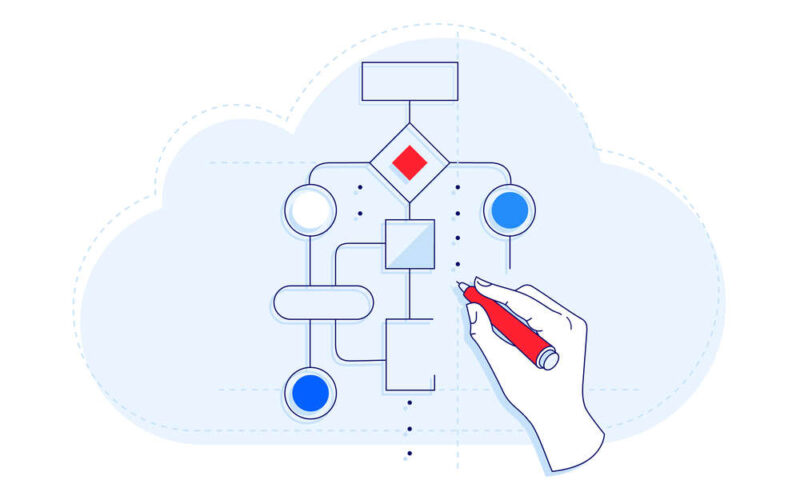
Your IT Systems Should Collaborate—Can iPaaS Help?
A new approach to connecting applications such as AMS platforms and fundraising tools, an integration platform as a service—or iPaaS—could cut down on the need for customization while simplifying integration. Here’s why it’s trending among association IT pros.
If your association has been leaning on custom integrations that feel costly and difficult to manage, know that with a little digital glue, you might be able to connect all your disparate apps—social networks, email providers, and online communities—together.
The concept is called iPaaS, or integration platform as a service, and it’s a growing trend that is finding new interest among associations. It simplifies integration among different types of tools by streamlining the connection of application programming interfaces (APIs)—essentially, interfaces that allow different tools and their data to connect with one another—utilizing a low-code or no-code interface.
Michael Getter, the head of systems and technology for the Corporate Legal Operations Consortium and a backer of iPaaS’ uptake in the association sector, compares it to the approach one might take to home automation—say, if you want to be able to turn off your lights using a voice-driven device like Alexa.
Different pieces of software perform different functions. But without a platform that allows them to communicate, these pieces of software aren’t able to “talk” to one another. APIs serve as these platforms.
“This is what we’re trying to get to the association space,” Getter said.
The Evolution of the API for Associations
Benjamin Muscolino, founder and CEO of the iPaaS platform Data Sangria, noted that part of the reason that iPaaS has become more prominent in associations is the evolution of the association management system (AMS), a type of membership management software.
Muscolino, who has worked with AMS technology largely on the industry partner side for the past 15 years, said that the sector has evolved significantly since its introduction. Over time, AMS users began to ask for specific customizations, adding feature bloat to the platforms. Meanwhile, the developers of these monolithic AMS suites struggled to keep up with the demands of their users.
“In the past, association management systems would grow and grow and fail to do every single function for that association,” Getter explained.
When AMS platforms failed to keep up with competing feature sets from other tools, it created an all-in-one vs. best-in-breed dynamic, leading some associations to offload certain functionalities to other platforms.
“At a certain point, these product companies started to say, you know what, we’re not going to build this out for you,” Muscolino said. “Let’s create an API so that we can share data between these other systems.”
These API tools, while accessible by programmers, created the need for more technology consultants who could help build integrations that would allow, say, a dedicated event platform or a video conferencing tool like Zoom to integrate directly with data stored in an AMS.
Integration formed a sizable portion of the consulting work that Muscolino’s team was doing within the association sector. During the early months of the pandemic, as demand was growing for more automation within associations, the company decided to take a new approach. Instead of reinventing the wheel for each integration, it developed reusable tools and packaged them into a product, eventually launching as Data Sangria.
Building With Standardization in Mind
Getter and other association technology professionals are working to build a unified approach to the iPaaS issue. He has helped to organize a survey of association professionals to better understand potential opportunities to standardize how iPaaS tools are used by associations.
Getter hopes to find common use cases for associations, so that groups integrating iPaaS are able to do so with a standard framework and approach. And it won’t be the same for everyone: Organizations with smaller data sets have differing integration needs from those with more complex infrastructures. Some may have needs that are met with more generalized tools, such as Zapier, while others might find that a more in-depth platform, such as Data Sangria or another, more association-specific approach, is a better fit.
“If we find something that meets those different groups of associations, maybe we can then look beyond that into creating collections of systems around those platforms,” Getter said.
Ultimately, iPaaS could help solve a problem for associations: It could make a best-in-breed approach feel as tightly integrated as an all-in-one solution. And that could change associations’ relationship with their technology stacks significantly.
(Aleksey Sergienko/iStock/Getty Images Plus)






Comments